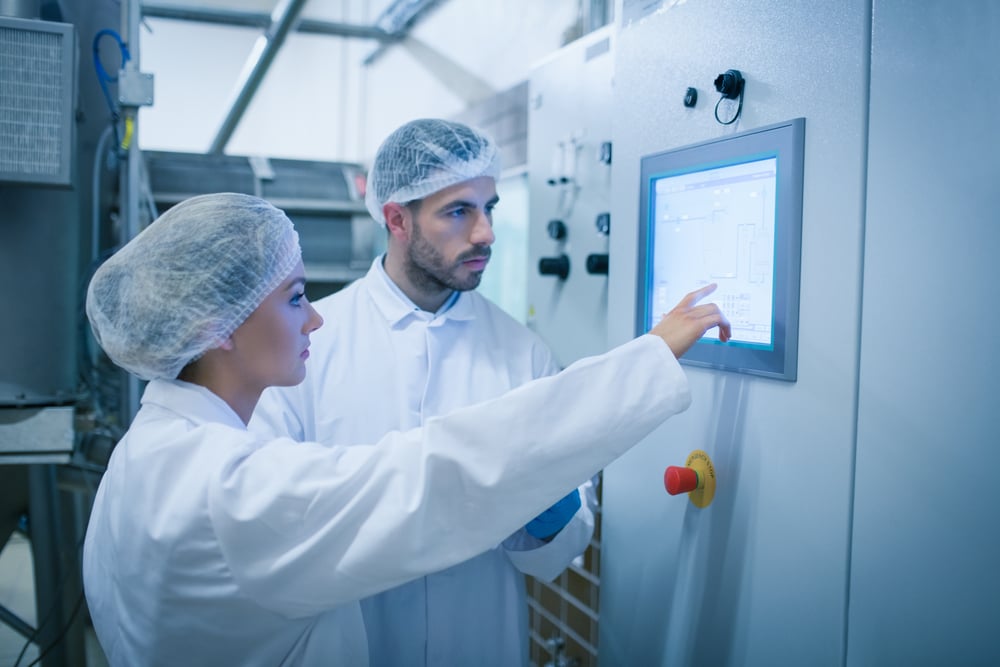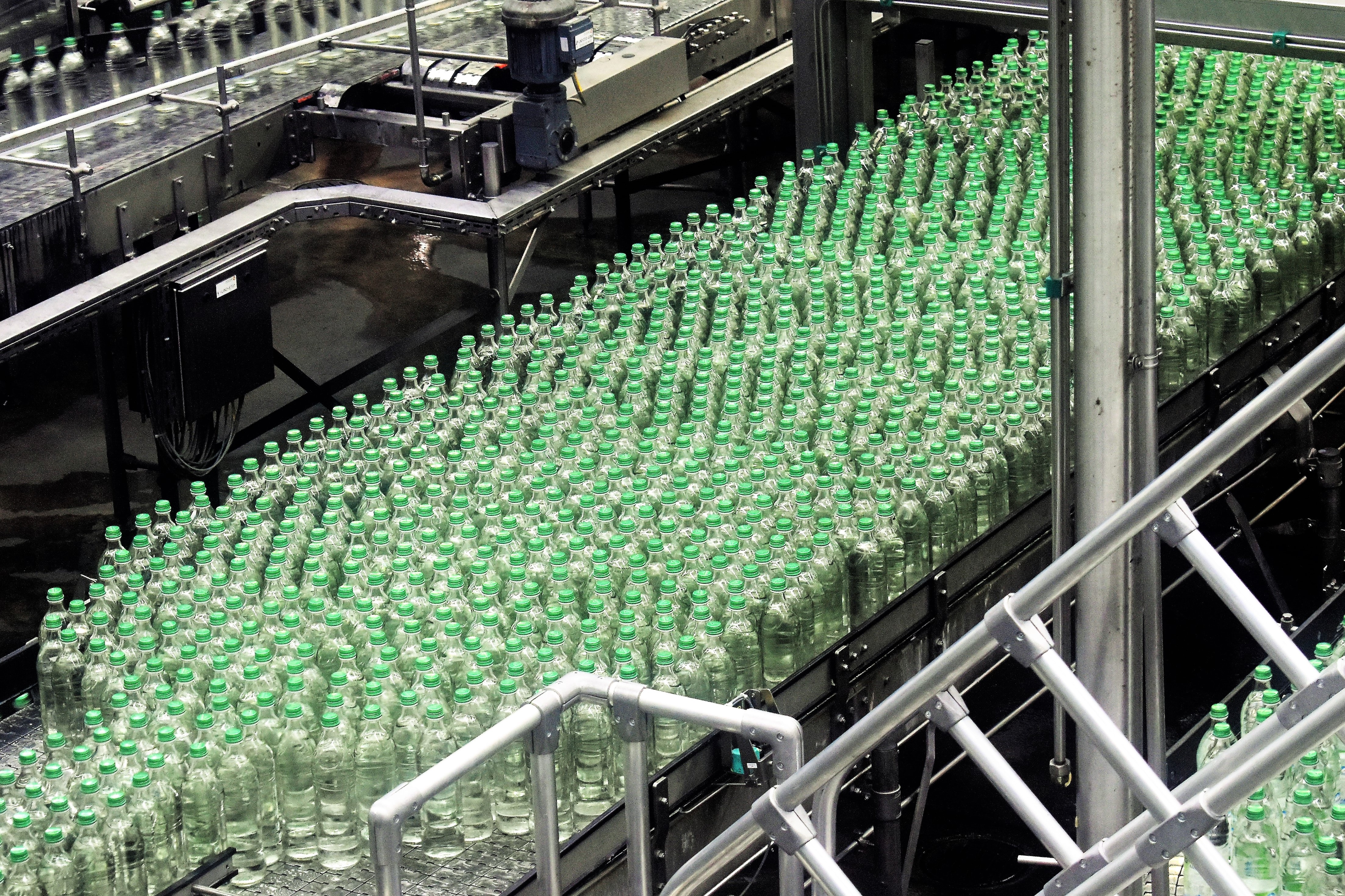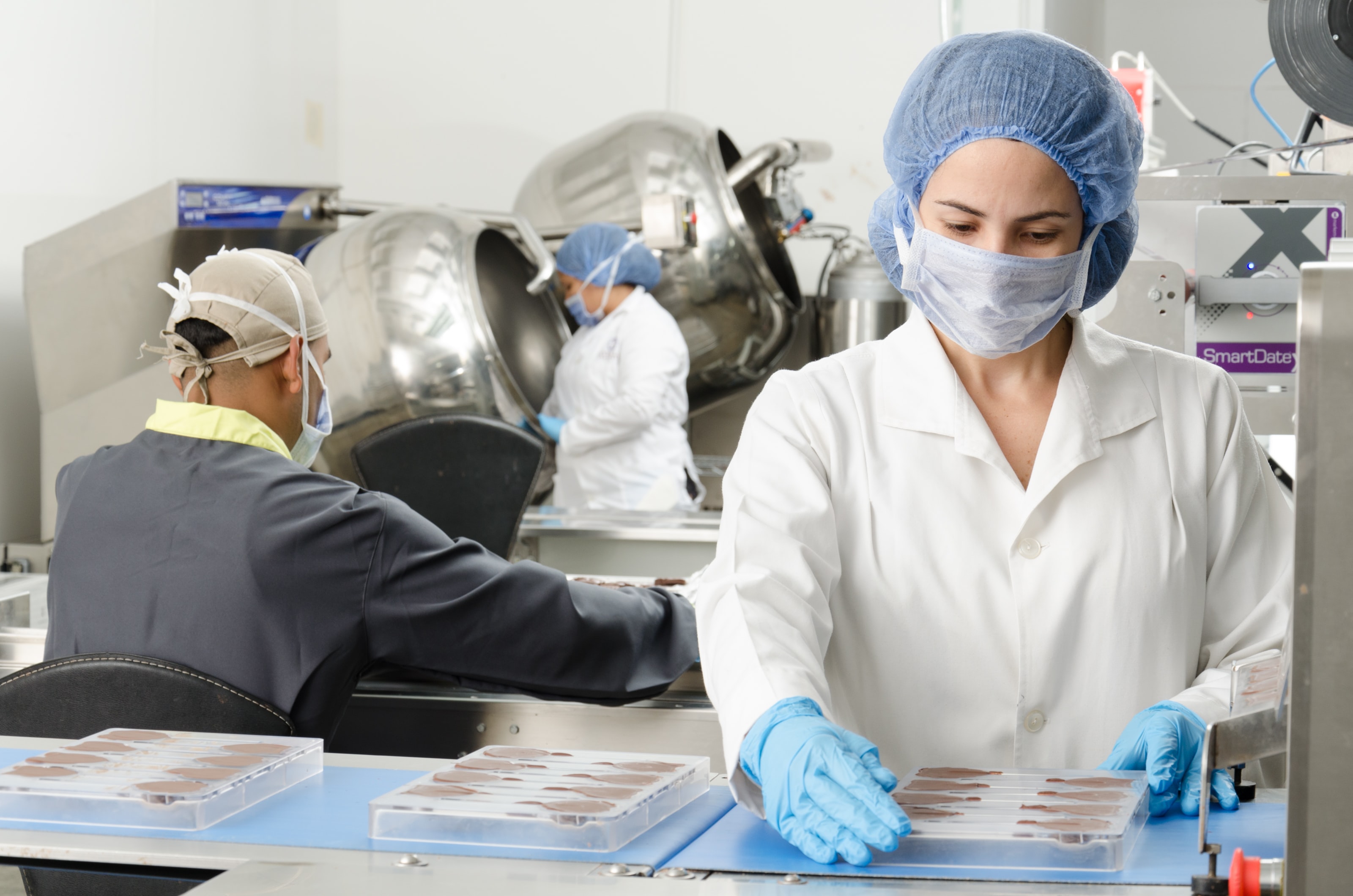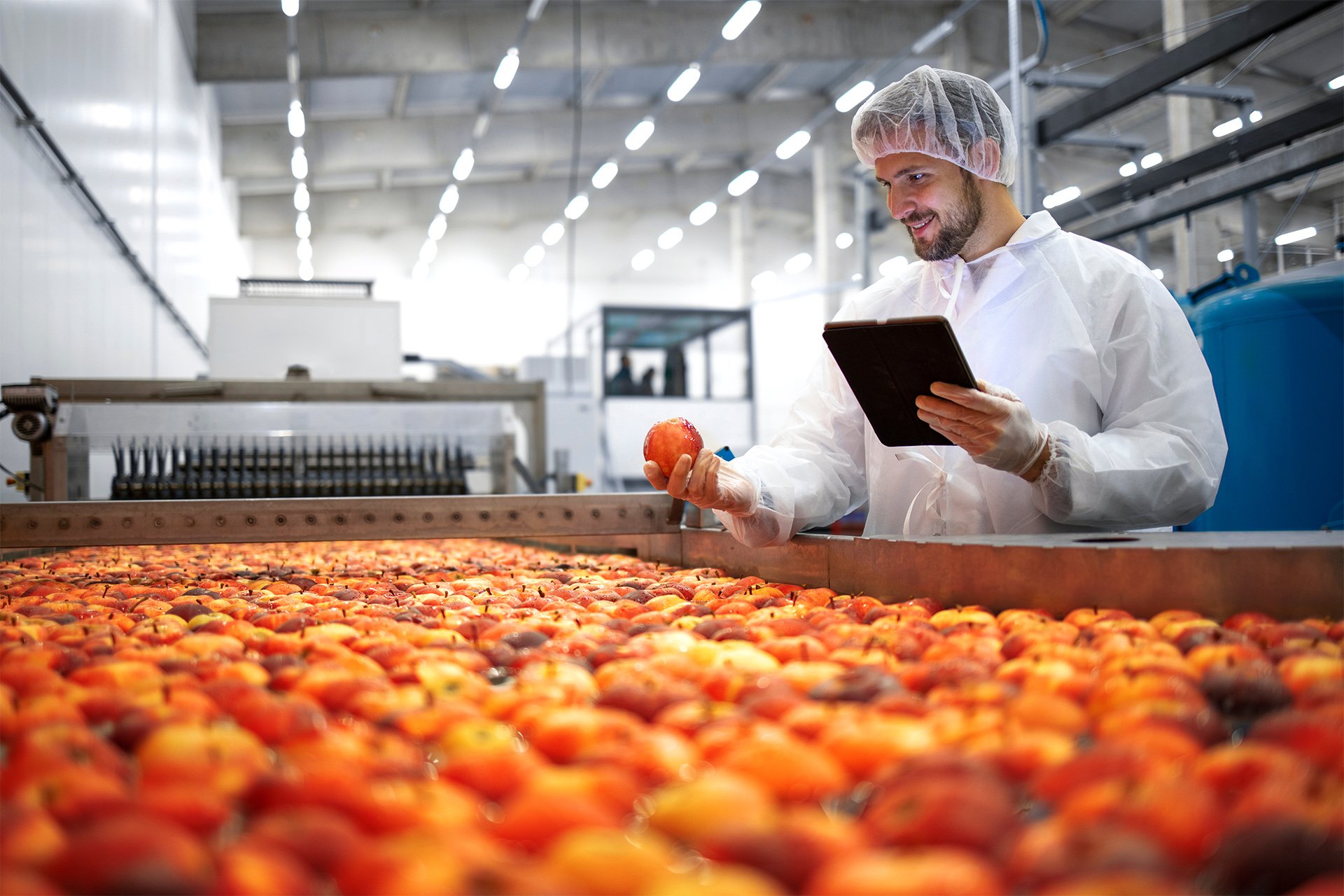Traceability is the term on the tip of every tongue in the food and beverage industry today, and for good reason. Businesses are facing increasing pressure from governments, regulatory bodies and consumers to be transparent with regards to where their materials come from and what occurs at each step along the supply chain.
As a food and beverage professional, you need to understand what is required of organisations in terms of traceability, why those measures are necessary and how best to cover all your traceability bases.
With 75% of consumers expressing willingness to switch to a brand that provides more in-depth product information beyond what’s required for the product label, it’s clear that whether or not your company is able to satisfy these demands could have a real impact on your customer loyalty and bottom line.
Let’s examine what regulations are applicable to food and beverage businesses based on their location, how traceability and food safety are inextricably linked and what role technology plays in ensuring excellence in this critical area of operations.

Regulations and requirements
While the governing bodies and systems in question vary, one thing is true for all food and beverage organisations, regardless of their location—and that’s the fact that traceability regulations are only becoming more stringent and exacting as time goes by. Staying abreast of the latest developments is a must for leaders in the industry.
The Global Food Safety Initiative (GSFI) got the ball rolling back in 2000. In the United States, the Food Safety Modernization Act (FSMA) in 2011 pushed the matter to the forefront, and the proposed addition of the traceability-centric Section 204 is expected to be made official later in 2021.
There’s also the U.S. Food and Drug Administration’s New Era for Smarter Food Safety, which aims to further develop provisions for food and beverage traceability.
Meanwhile, in the United Kingdom, the Food Standards Agency is the major organisation codifying and enforcing traceability requirements.
Its General Food Law includes some guidance on the matter, and the Food Information Regulations of 2014 made EU Law Regulation 1169/2011 on food information for consumers also enforceable in the UK.
For food and beverage companies elsewhere in Europe, EU Regulation 178/2002 established the European Food Safety Authority and provided guidance on traceability. Though it contains no requirements for internal tracking of materials when they are moving through an individual organisation’s manufacturing process.
Still, many companies use voluntary standards—like those outlined in ISO 22005:2007—to create their own systems for tracing raw materials and ingredients throughout the supply chain.

Photo by Waldemar Brandt on Unsplash
For the sake of food safety
Food safety preparedness is up and away the most important reason for maintaining excellent traceability in your operations.
You must know the major risks involved in the manufacture and processing of food, as well as the circumstances of your business and its processes, to structure your food safety plan and build in the necessary traceability procedures.
Unlabelled allergens remain the leading cause of recalls in the U.S., and there have been recent spikes of these incidents in the UK as well. It’s important to know the foods considered that are most problematic: milk, eggs, fish, crustaceans and shellfish, tree nuts, peanuts, wheat and soy.
You’ll need to make sure that if your facilities process any of these materials, you have the protocols in place to maintain adequate sanitation and keep allergen-free products separate.
Also important for organisations that deal with potentially allergenic foods is a traceability solution that not only tracks where materials and ingredients have been, but also what surfaces and other ingredients they may come into contact with during their time in your facilities.
Only if that information is captured can you successfully dig down to the sources of contamination issues and effectively rectify the situation by determining everything that was affected.
Of course, when you’re dealing with hundreds of ingredients and large quantities of each, as well as multiple production lines running at once, the amount of information to capture can seem overwhelming.
Doing the detailed record-keeping that’s necessary by hand is clearly untenable—but that’s where technology comes in.

The technological tools of the trade
The kind of uncompromising traceability and food safety that leading food and beverage businesses boast of is only possible with smart technological solutions like enterprise resource planning (ERP) systems.
Using automation and integration with connected devices, these platforms can collect and process vast amounts of data in real-time.
This provides actionable insights for you to make quick but fully informed decisions. Advanced, industry-specific solutions like Aptean Food & Beverage ERP facilitate accurate and immediate capture of important information through barcode and QR scanners.
Not only that, the solution maintains all your vital facts and figures in a single, unified database accessible by all relevant departments and teams within the organisation.
Aptean’s offering can also simplify the matter of regulatory compliance, automatically scheduling internal audits and inspections to make sure that your processes are running as they should, and proper maintenance and cleaning are being conducted.
By acting as a single source of the truth and effectively maintaining the precious resource that is your data, ERP systems can help your company achieve the complete traceability that’s needed to function at a high level in a dynamic marketplace.
They also keep you prepared in the case of a food safety emergency, automating certain steps of the process and giving you instant access to important paperwork.

Set your food and drink business up for success with an industry-specific solution
If you'd like more information about our partner Aptean and how their purpose-built ERP solutions can future-proof your food and beverage business with an outstanding traceability system, find out more here.
At Columbus, we also believe a one-size-fits all approach to choosing a solution isn’t enough. For starters, foodstuff is constantly changing its behaviour and requires unique treatment during storage (think of unripe fruit turning to ripe fruit).
In our comparison sheet, you’ll see the key differences between standard and food ERP, the limitations of a generic solution when managing food and the importance of having an industry-specific system.
Download it below.
About the author:
As vice president of product management and solutions consulting for Aptean Process Manufacturing ERP, Jack Payne's primary responsibility is to manage the direction for the Ross Edition enterprise products. In this role, he works closely with customers, customer solutions, industry analysts, and developers on the vision for the products. He also organises and manages all solution consulting activities with existing and prospective customers. He is a frequent presenter for Aptean webinars and conferences, speaks at industry conferences and has published numerous articles in leading food and IT trade publications in the areas of food safety and traceability.

